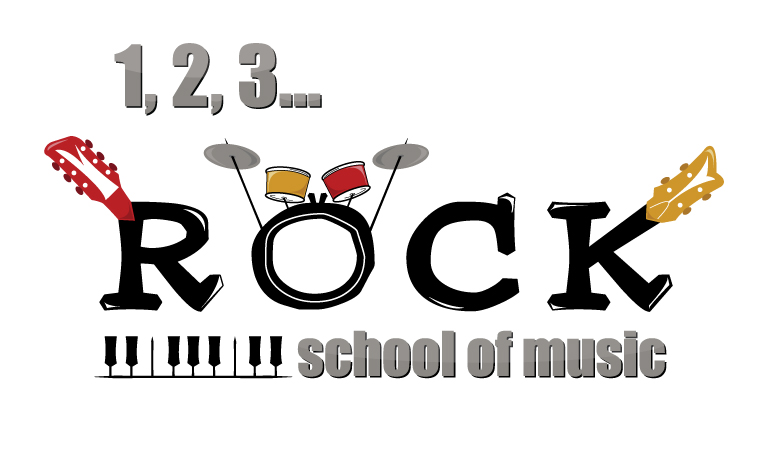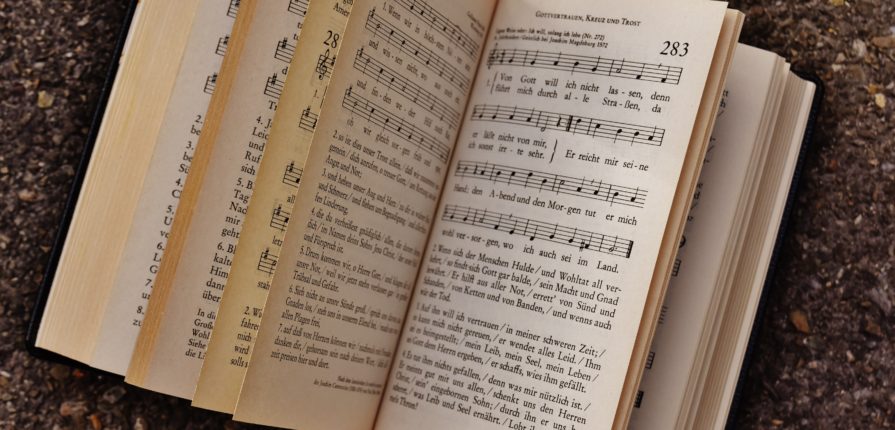Learning to read music is like learning to read any other language. It might seem hard at first, but once you get the hang of it, it becomes easier. So, we thought we could share three hacks to get you started!
— January 27th, 2021
Think of the notes as the letters, the measures as the words, the phrases as the sentences, and so forth. Learning to read music really does open up a whole new world to explore. So, you should always keep these three principles or steps in mind:
1. Learn the Basic Symbols of Notation
Music is made up of a variety of symbols, the most basic of which are the staff, the clefs, and the notes. All music contains these fundamental components, and to learn how to read music, you must first familiarize yourself with these basics.
2. Pick Up the Beat
To play music, you need to know its meter, the beat you use when dancing, clapping, or tapping your foot along with a song. When reading music, the meter is presented similar to a fraction, with a top number and a bottom number, we call this the song’s time signature. The top number tells you how many beats to a measure, the space of staff in between each vertical line (called a bar). The bottom number tells you the note value for a single beat, the pulse your foot taps along with while listening.
3. Pay attention to scales!
A scale is made of eight consecutive notes, for example, the C major scale is composed of C, D, E, F, G, A, B, C. The interval between the first note of your C major scale and the last is an example of an octave. The C major scale is very important to practice since once you have the C scale down, the other major scales will start to fall into place. Each of the notes of a C major scale corresponds with a white key on your keyboard.
For more in-depth tips and steps, visit the full article published on musicnotes.com by clicking here.
This article is an excerpt, with small modifications, of “How To Read Sheet Music: Step-by-Step Instructions” an article published on musicnotes.com


